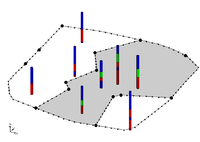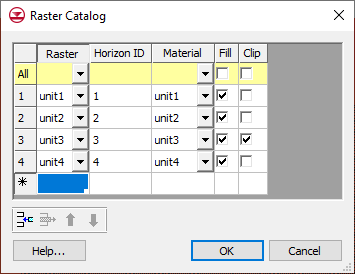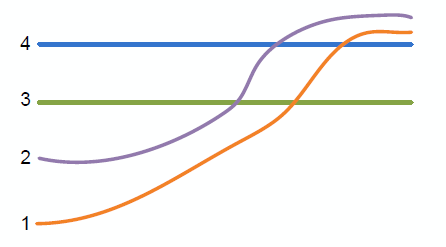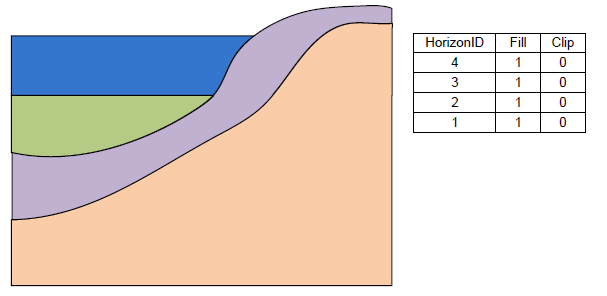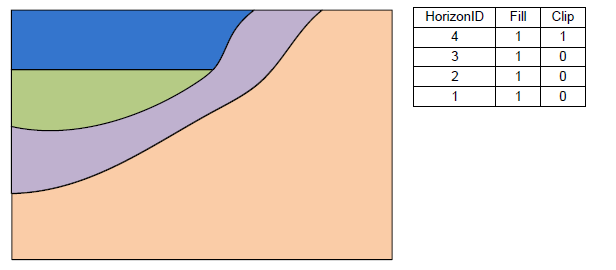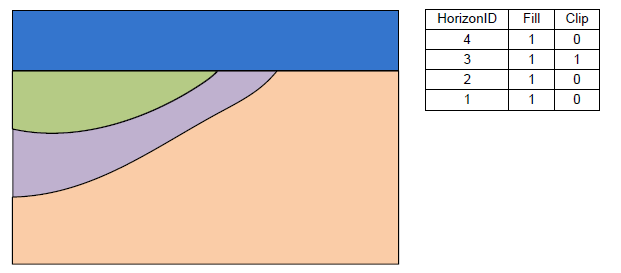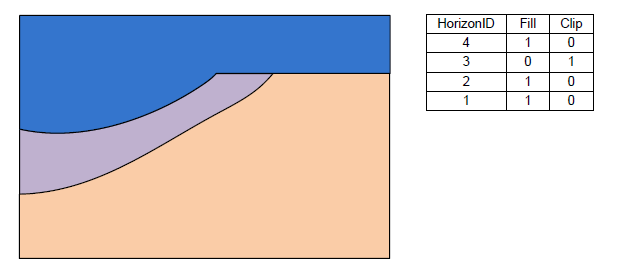GMS:Raster Catalog: Difference between revisions
From XMS Wiki
Jump to navigationJump to search
No edit summary |
|||
| Line 11: | Line 11: | ||
:[[File:raster_catalog_table.png|thumb|none|380 px|Example of the ''Raster Catalog'' dialog.]] | :[[File:raster_catalog_table.png|thumb|none|380 px|Example of the ''Raster Catalog'' dialog.]] | ||
In the first column of the table selects the raster. Then enter a ''Horizon ID'' and the associated material. There are two additional fields: ''Fill'' and ''Clip''. If the ''Fill'' field is turned on then the raster will be used in the interpolation process for the associated horizon. If the ''Clip'' field is turned on then any horizon surface with a horizon | In the first column of the table selects the raster. Then enter a ''Horizon ID'' and the associated material. There are two additional fields: ''Fill'' and ''Clip''. If the ''Fill'' field is turned on then the raster will be used in the interpolation process for the associated horizon. If the ''Clip'' field is turned on then any horizon surface with a horizon ID less than the associated horizon ID will be clipped to this surface. The following images show examples of the effect of the ''Clip'' field. | ||
:[[File:raster_catalog4.png|none|frame|Raster surfaces.]] | :[[File:raster_catalog4.png|none|frame|Raster surfaces.]] | ||
The above figure shows a slice through raster surfaces that have been indexed with horizon | The above figure shows a slice through raster surfaces that have been indexed with horizon IDs. Below we see the resulting stratigraphy if the ''Clip'' field is off (zero) for each raster. | ||
:[[File:raster_catalog3.png|none|frame|Stratigraphy with the Clip field turned off.]] | :[[File:raster_catalog3.png|none|frame|Stratigraphy with the Clip field turned off.]] | ||
